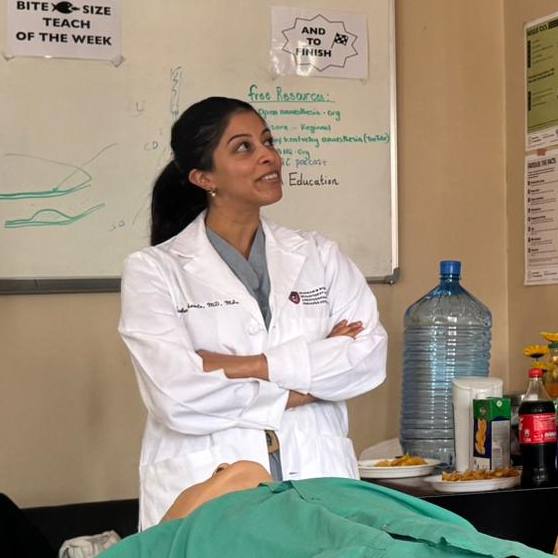-
Tuesday Q & A: Living donor kidney donation starts with thorough medical evaluation
DEAR MAYO CLINIC: What is the process for evaluating whether or not I am a good candidate to donate one of my kidneys? How long is recovery for the donor?
 ANSWER: The first step is to contact the transplant center where the donation would take place. They will perform a thorough medical evaluation to see if you can safely donate a kidney. Recovery from kidney donation surgery usually takes two to three weeks. But you will have some activity restrictions for up to six weeks.
ANSWER: The first step is to contact the transplant center where the donation would take place. They will perform a thorough medical evaluation to see if you can safely donate a kidney. Recovery from kidney donation surgery usually takes two to three weeks. But you will have some activity restrictions for up to six weeks.
Your kidneys are two bean-shaped organs, each about the size of a fist, in the back of your abdomen on either side of your spine. Kidneys remove extra fluid and waste from your body and help control blood pressure. When a person’s kidneys no longer work — a condition called chronic kidney failure — a kidney transplant usually is the best treatment option. A transplant often allows people to return to a fully active life.
A kidney for a transplant may come from a deceased donor or from a living donor. Kidneys from living donors usually last longer and work better than those from deceased donors. Living kidney donations are possible because although you have two kidneys, your body can work well with only one.
Many people who consider donating a kidney are family members or friends of someone who needs a kidney transplant. But some people who want to be kidney donors do not have a certain person in mind to receive the kidney. This is called non-directed donation. All potential kidney donors go through the same evaluation process to make sure they can donate safely.
The evaluation starts with an interview or questionnaire to gather information about your background and medical history. You will also talk with a member of the transplant team about the donation process and what to expect.
If the transplant team decides you may be able to be a kidney donor, typically the next step is to have blood tests. If the results of those tests are acceptable, you go through a number of other medical appointments.
The appointments usually include a physical exam, more blood tests, urine tests and imaging studies. You also need tests to check how well your kidneys work. You may need tests to screen for cancer and other existing medical problems, too.
If the results of your evaluation show that you can be a donor, and if you decide it is right for you, then you have surgery to remove one of your kidneys. The surgery takes about one to four hours. At most transplant centers, the procedure is done using laparoscopic surgery. That means instead of one large incision, the surgeon makes several smaller incisions. The surgical instruments are inserted into two of those incisions, and the kidney is removed through another incision.
After kidney donation surgery, most people stay in the hospital for one or two nights. You may have some pain and discomfort after surgery. It can often be managed well with pain medications. Most people can go back to work two to three weeks after surgery. But it may be up to six weeks if you have a job that involves heavy lifting or other manual labor.
Complications after kidney donation surgery are very rare. There is a small risk of infection, bleeding and blood clots. A small group of patients may develop an incisional hernia — a bulge under the skin that requires a second procedure to repair. The transplant team will talk with you in detail about the possible risks of kidney donation.
Donating a kidney for a transplant is a wonderful act of generosity. Many people are waiting for a kidney transplant. If you are interested in becoming a kidney donor, contact your transplant center, or go online to the United Network for Organ Sharing at www.unos.org for more information. — Mikel Prieto, M.D. , Mayo Clinic Transplant Center, Mayo Clinic, Rochester, Minn.







